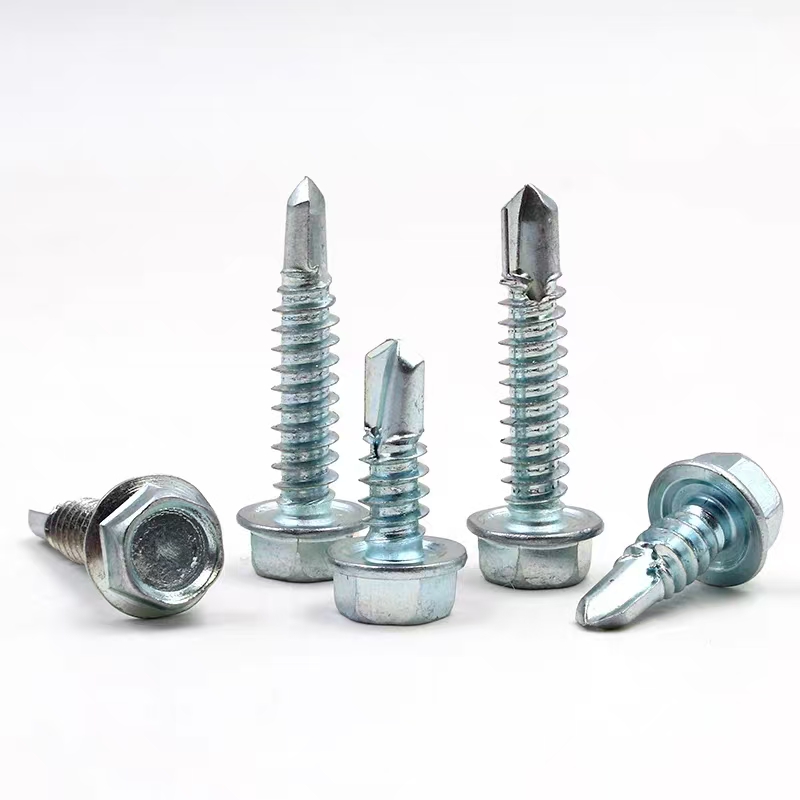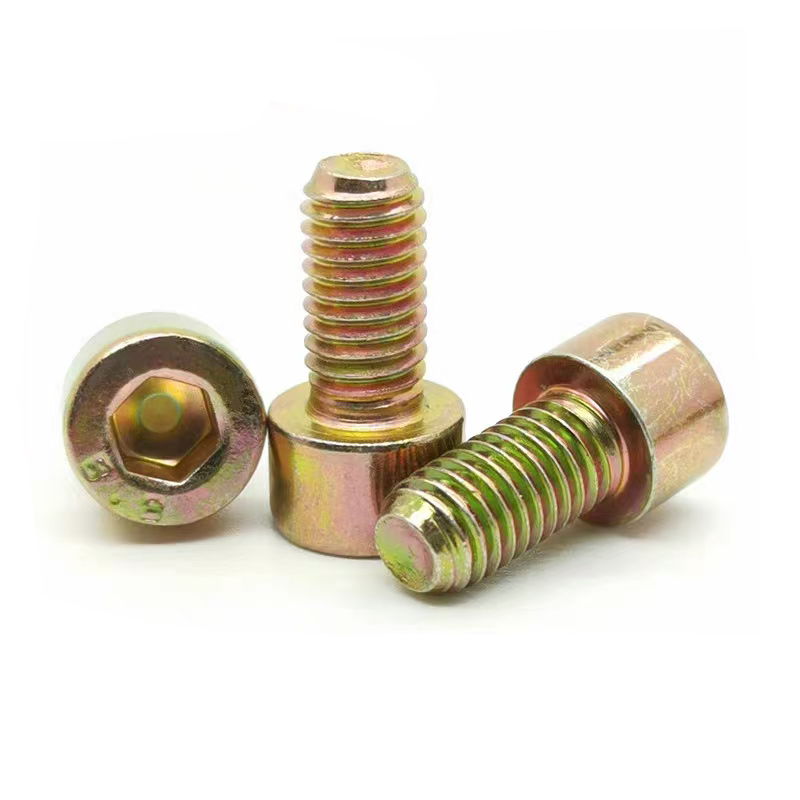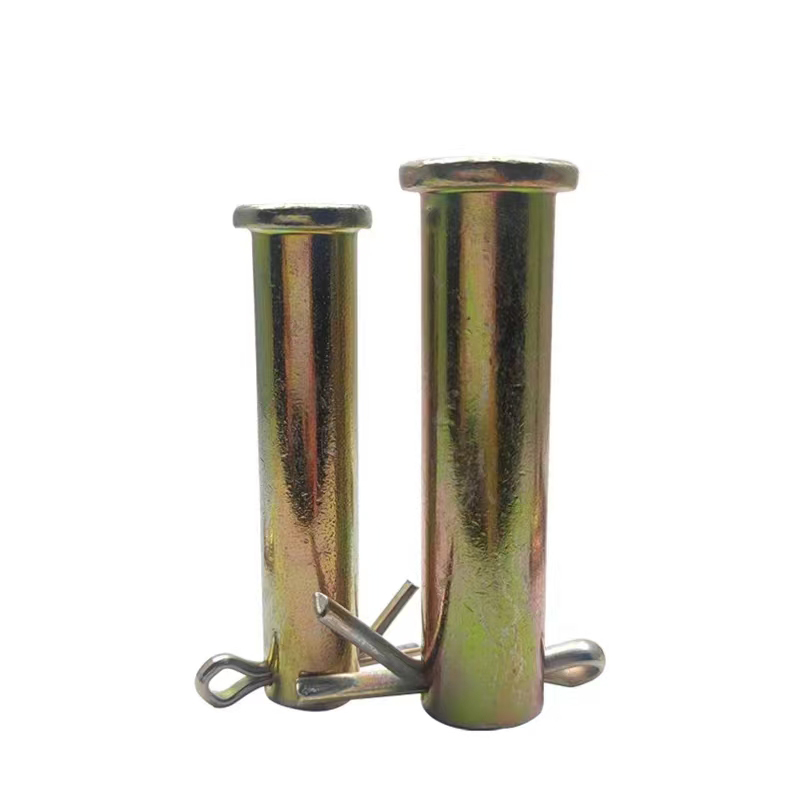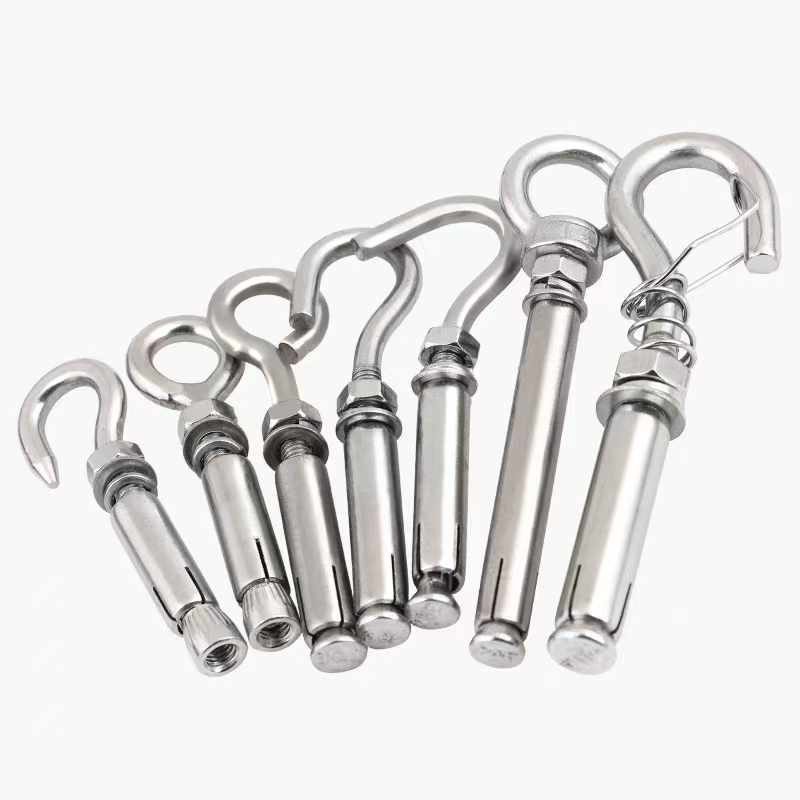- Chinese
- French
- German
- Portuguese
- Spanish
- Russian
- Japanese
- Korean
- Arabic
- Irish
- Greek
- Turkish
- Italian
- Danish
- Romanian
- Indonesian
- Czech
- Afrikaans
- Swedish
- Polish
- Basque
- Catalan
- Esperanto
- Hindi
- Lao
- Albanian
- Amharic
- Armenian
- Azerbaijani
- Belarusian
- Bengali
- Bosnian
- Bulgarian
- Cebuano
- Chichewa
- Corsican
- Croatian
- Dutch
- Estonian
- Filipino
- Finnish
- Frisian
- Galician
- Georgian
- Gujarati
- Haitian
- Hausa
- Hawaiian
- Hebrew
- Hmong
- Hungarian
- Icelandic
- Igbo
- Javanese
- Kannada
- Kazakh
- Khmer
- Kurdish
- Kyrgyz
- Latin
- Latvian
- Lithuanian
- Luxembou..
- Macedonian
- Malagasy
- Malay
- Malayalam
- Maltese
- Maori
- Marathi
- Mongolian
- Burmese
- Nepali
- Norwegian
- Pashto
- Persian
- Punjabi
- Serbian
- Sesotho
- Sinhala
- Slovak
- Slovenian
- Somali
- Samoan
- Scots Gaelic
- Shona
- Sindhi
- Sundanese
- Swahili
- Tajik
- Tamil
- Telugu
- Thai
- Ukrainian
- Urdu
- Uzbek
- Vietnamese
- Welsh
- Xhosa
- Yiddish
- Yoruba
- Zulu
- Kinyarwanda
- Tatar
- Oriya
- Turkmen
- Uyghur

Butterfly bolts
The Intricacies of Butterfly Bolts
Butterfly bolts, often underestimated in the world of fasteners, play a crucial role in various applications due to their unique design and functionality. But what makes these fasteners stand out? Let’s delve into their practical usage, potential challenges, and real-world experiences.
Understanding Butterfly Bolts
At first glance, butterfly bolts seem straightforward, with their winged design that allows for easy manual installation and removal. Yet, it’s surprising how often they're misapplied simply because their features aren’t fully understood. Commonly used in scenarios requiring adjustable tension, their value comes from the ease with which they can be tightened or loosened without tools.
My first attempt at using butterfly bolts was in setting up a temporary display stand for a trade show. The quick installation process saved us time, allowing us to focus on more pressing issues. This ease of use, admittedly, can sometimes lead to over-reliance and a false sense of security where proper torque isn’t considered.
It's also interesting to note that these bolts are not suited for every application. They work best in low-stress environments where their convenience trumps the need for robustness. The 'hand-tight' nature means they might not provide the same secure fit as a traditional bolt-nut combination under heavy load.
Design and Application
The hallmark of butterfly bolts is their simple yet clever design. The wings offer leverage that aids in both installation and removal. However, they require accessible space around the bolt area, which isn't always available in densely packed setups. I’ve had instances where the bolts couldn’t be maneuvered due to surrounding structures – a lesson in planning your fastening points with future access in mind.
Specific use cases shine when you explore exhibition setups, as previously mentioned, or semi-permanent furniture assembly. However, testing showed that under constant vibration, these bolts might loosen over time. This can be addressed with additional locking mechanisms or regular checks, depending on the critical nature of the setup.
For those in the industry, understanding the limitations and strengths of butterfly bolts can greatly impact project outcomes. It's more an art of balancing convenience against necessity.
Challenges and Solutions
In practice, one of the challenges I’ve encountered is the material quality of butterfly bolts. Subpar materials can strip easily, particularly if they're over-tightened or improperly seated. Collaborating with reputable suppliers is vital. Companies like Handan Zitai Fastener Manufacturing Co., Ltd., noted for their quality products, become invaluable partners in ensuring durable and reliable components. Their facilities in Yongnian District, famed for being China's largest standard part production base, offer a testament to their commitment to quality.
An interesting workaround for use in metal-to-metal or high-friction applications is the implementation of Teflon washers. These washers help reduce wear and provide a slick surface for the wings to rotate effectively, thereby preserving the bolt's integrity longer under frequent adjustments.
Also, considering environmental factors such as humidity and exposure to corrosive elements can significantly impact bolt performance. Ensuring that you opt for stainless or coated variants can mitigate these effects.
Technical Considerations
What about the technical specs? Well, size and thread count are just as crucial here as with any other bolt. Before selecting butterfly bolts, ensure they fit your thread pattern requirements. Manufacturers typically offer variations, but specifics matter.
The use of lock washers or lock nuts can offer additional security in applications where vibration is a concern. While it might seem redundant to combine traditional security methods with hand-tightened solutions, in reality, this redundancy often ensures the longevity and safety of the assembly.
In renovation projects, these bolts can prove particularly useful. For instance, retrofitting light fixtures or adjusting shelving systems becomes a breeze when you incorporate a tool-free solution that allows for minor changes without the need for extensive reworking.
Real-World Applications
From staging events to garden furniture, the applications for butterfly bolts are wide-ranging. In a recent project, designing modular eco-friendly park furniture, butterfly bolts were selected for their utility and ease of maintenance post-installation. The fasteners provided both the flexibility to easily disassemble for repairs and to reconfigure the settings as desired.
Feedback from end-users emphasized the importance of reliability in these bolts due to their constant exposure to changing weights and loads. This was a reminder that context is everything. Knowing the expected load and environmental conditions should guide material and design choices.
Ultimately, butterfly bolts are a testament to simplicity meeting functionality. With careful consideration of their use and clear understanding of their limitations, they continue to be an indispensable item in many toolkits. Their ingenious design enables adaptability and ease, making them a preferred choice for many diverse applications.
Related products
Related products
Best selling products
Best selling products-
 Electrogalvanized expansion bolts
Electrogalvanized expansion bolts -
 Basket bolts
Basket bolts -
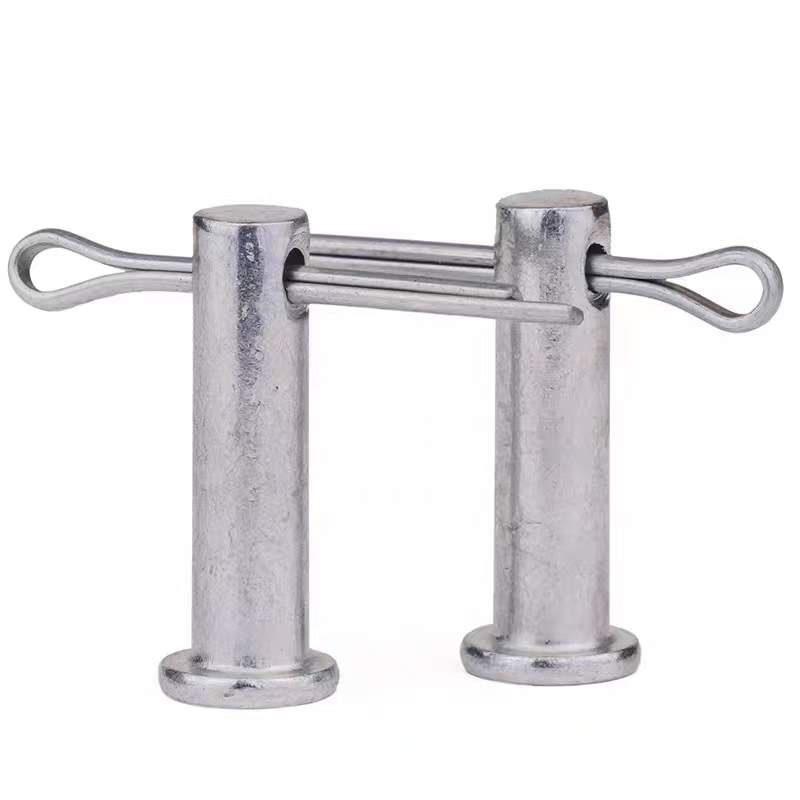 Electrogalvanized pins
Electrogalvanized pins -
 Colored zinc-plated gaskets
Colored zinc-plated gaskets -
 Hexagon socket electrogalvanized bolts
Hexagon socket electrogalvanized bolts -
 Black zinc plated hexagonal bolts
Black zinc plated hexagonal bolts -
 Anti-loosening nut (locking nut)
Anti-loosening nut (locking nut) -
 10.9S large hexagon bolts
10.9S large hexagon bolts -
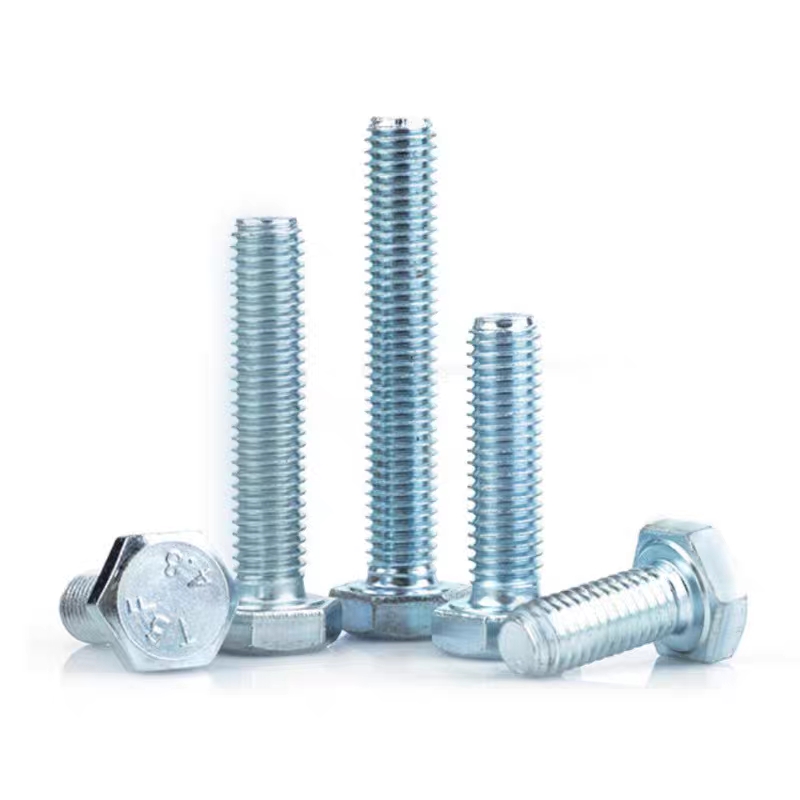 Electrogalvanized hexagonal bolts
Electrogalvanized hexagonal bolts -
 High-strength blackened nuts
High-strength blackened nuts -
 Colored zinc-plated expansion hook
Colored zinc-plated expansion hook -
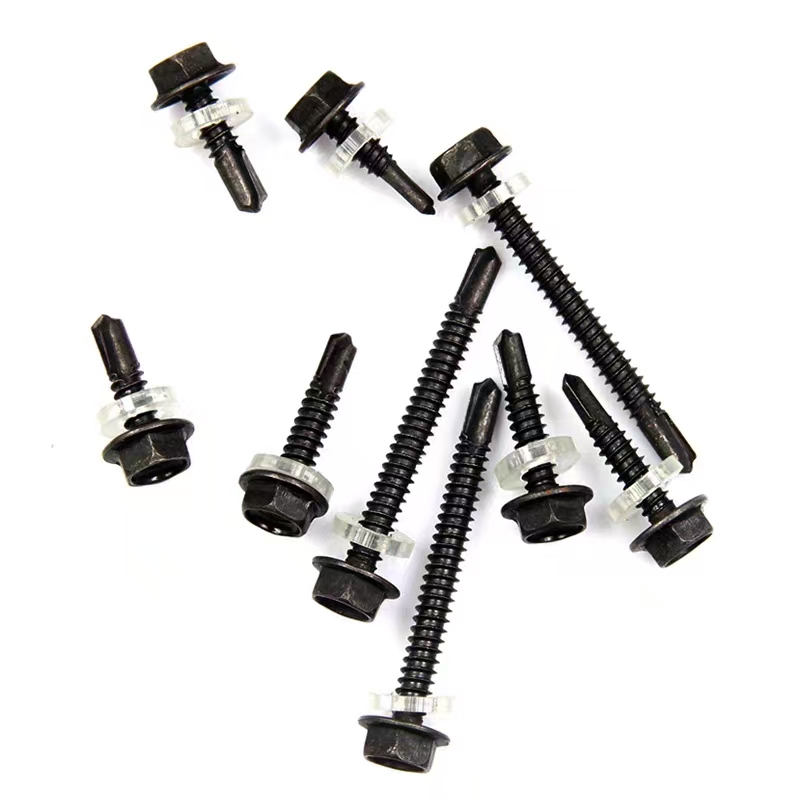 Black zinc-plated hexagonal drill tail wire
Black zinc-plated hexagonal drill tail wire



